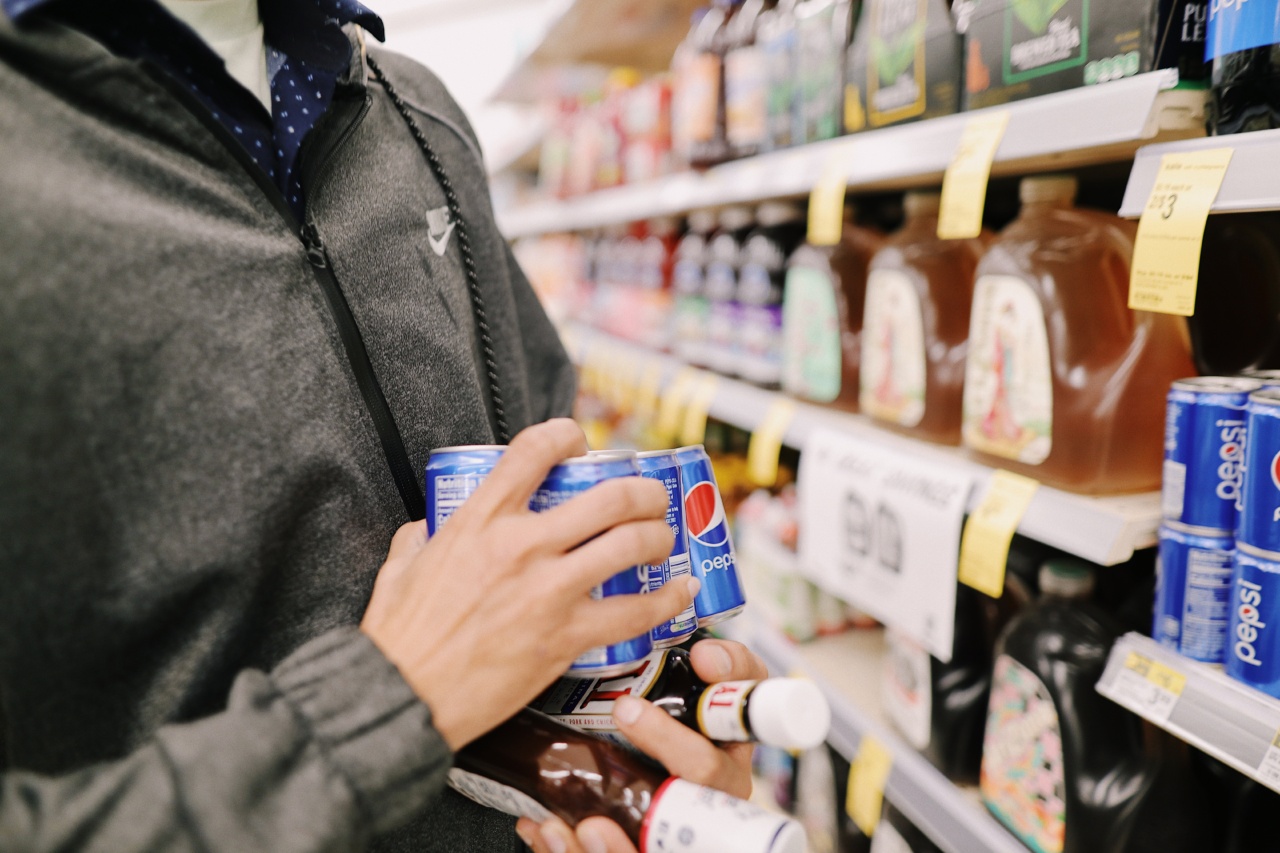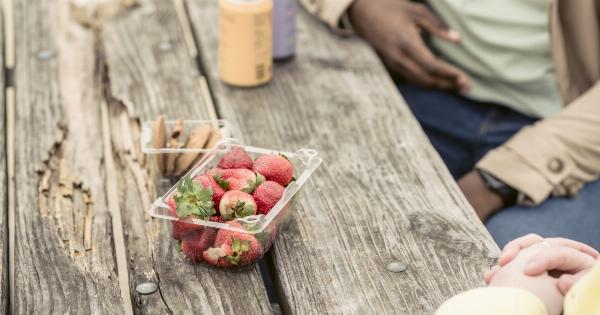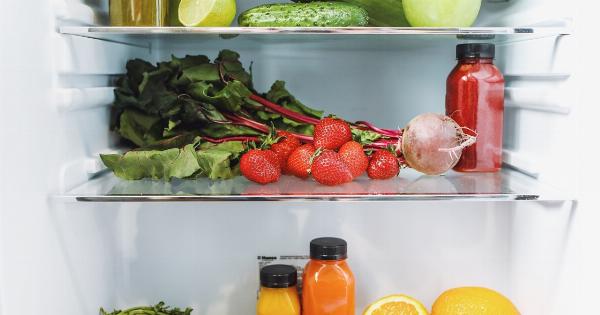Perishable groceries are foods that have a limited shelf life because they can easily spoil or go bad when not properly stored. These foods include fruits, vegetables, meats, dairy products, and bakery items.
It is important to know how long these items can stay outside to avoid food waste and potential health risks.
Fruits and Vegetables
Fruits and vegetables can vary in how long they can stay outside depending on their type, ripeness, and weather conditions. Most fruits and vegetables should be refrigerated or stored in a cool, dry place to keep them fresh for longer periods.
Some examples of fruits and vegetables and their storage guidelines include:.
: Berries
Berries like strawberries, raspberries, and blueberries should be refrigerated and stored in their original packaging. They can last for up to 3-5 days in the refrigerator.
: Bananas
Bananas should be stored in a cool, dry place away from direct sunlight. They should not be refrigerated as this can speed up the ripening process and cause them to spoil faster. Bananas can last up to 7-10 days outside the refrigerator.
: Greens
Greens like lettuce, spinach, and kale should be refrigerated and stored in an airtight container. They can last for up to 5-7 days in the refrigerator.
: Tomatoes
Tomatoes should be stored at room temperature away from direct sunlight. When ripe, they can last for up to 2-3 days outside the refrigerator. However, if they are unripe, they can be stored in a paper bag or with a ripe banana to help them ripen faster.
Meats
Meats are highly perishable and can easily spoil if not stored properly. They should always be kept refrigerated or frozen to ensure they stay fresh and safe to eat. Some examples of meats and their storage guidelines include:.
: Chicken
Raw chicken should always be kept in the refrigerator at a temperature of 40°F or below. It can last for up to 2 days in the refrigerator. Cooked chicken can be stored in the refrigerator for up to 4 days.
: Beef
Raw beef should also be kept in the refrigerator at a temperature of 40°F or below. It can last for up to 3-5 days in the refrigerator. Cooked beef can be stored in the refrigerator for up to 3-4 days.
: Pork
Raw pork should also be kept in the refrigerator at a temperature of 40°F or below. It can last for up to 2-3 days in the refrigerator. Cooked pork can be stored in the refrigerator for up to 3-4 days.
Dairy Products
Dairy products can also spoil quickly if not stored properly. They should always be kept refrigerated to stay fresh and safe to eat. Some examples of dairy products and their storage guidelines include:.
: Milk
Milk should always be kept refrigerated at a temperature of 40°F or below. It can last for up to 5-7 days past its sell-by date in the refrigerator.
: Cheese
Most types of cheese should be kept refrigerated at a temperature of 40°F or below. Soft cheeses like Brie should be consumed within 1-2 weeks, while hard cheeses like Cheddar can last for up to 3-4 weeks in the refrigerator.
: Butter
Butter can be kept in the refrigerator or freezer to extend its shelf life. It can last for up to 2-3 months in the freezer.
Bakery Items
Bakery items like bread, cakes, and pastries can also go stale quickly if not stored properly. They should be kept at room temperature or refrigerated to stay fresh. Some examples of bakery items and their storage guidelines include:.
: Bread
Bread should be stored at room temperature in an airtight container or plastic bag. It can last for up to 5-7 days before it starts to go stale. Bread can also be frozen to extend its shelf life for up to 6 months.
: Cakes and pastries
Cakes and pastries should be stored in the refrigerator to keep them fresh. They can last for up to 3-4 days in the refrigerator.
Conclusion
Perishable groceries can vary in how long they can stay outside depending on their type and storage guidelines. It is important to know these guidelines to avoid food waste and potential health risks.
Always remember to refrigerate or freeze your perishable groceries to extend their shelf life and keep them safe to eat.




























